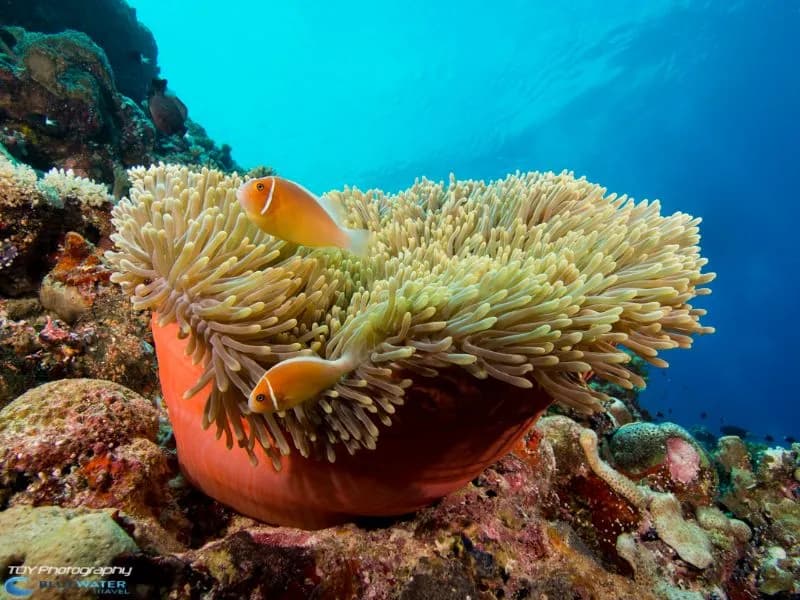Micronesia Diving Highlights
Officially known as the Federated States of Micronesia, this group of 600 or so islands is split into the four main groups of Yap, Chuuk (also known as Truk), Kosrae, and Pohnpei. In addition, the Republic of Palau to the west also falls under the umbrella of the Micronesian islands.
Diving here is big and bold, and Micronesia has a name for big-species encounters with the likes of mantas, sharks, dolphins, and whales. However, this doesn't detract from a wealth of vibrant hard and soft corals hiding a plethora of colorful reef species, and the great macro that can be found throughout the region's reefs and atolls. It is also home to arguably the best wreck diving destination in the world, with divers flocking from around the globe to dive to visit the mecca, Chuuk Lagoon. Micronesia is tailor-made for divers keen to get off the beaten track and experience phenomenal diving in one of the best scuba diving destinations in the world.
